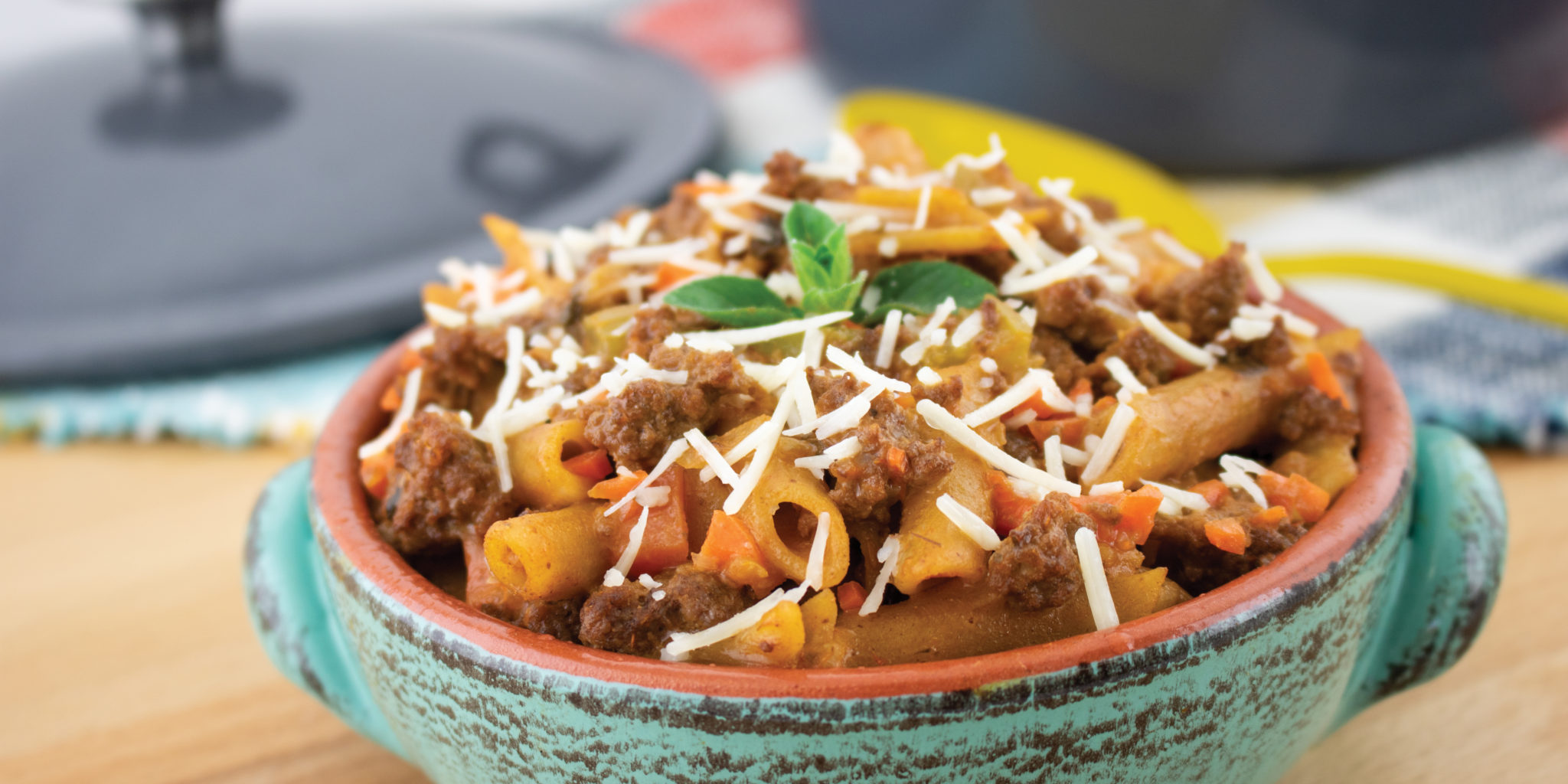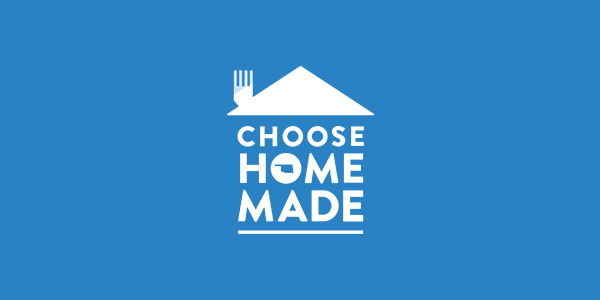
MyPlate Food Groups: Protein
Welcome to our MyPlate Food Groups Series! This month, we are focusing on protein. Read more to learn about what protein is, why it is important in our diets, what foods contain protein and how much protein we need per day. We have also included some of our favorite meals highlighting different protein foods!
What is protein?
Protein is a macronutrient essential to support life. Protein is the major building block of all tissues of the body. It is made up of compounds known as amino acids. Our body is capable of making some of the amino acids, but others must come from our diet and are called essential amino acids.
Why do we need protein?
Whether you want to lose weight, gain muscle, recover from a workout, feel more satisfied after meals or snacks, or simply maintain good health, it’s important to get adequate amounts of healthy protein.
Protein has many functions in our body, these include:
- Building tissues and muscles → if there isn’t enough protein in your diet, muscle will waste
- Immune function → antibodies are specialized proteins that provide immune defense
- Production of hormones and enzymes → these proteins regulate metabolism, growth, and many other body processes
- Energy → protein breaks down into amino acids during digestion which provides four calories per gram
What foods contain protein?
A protein source of food is either “complete” or “incomplete” – meaning it either contains all or some of the essential amino acids we need for our bodily functions. Complete proteins are mostly found in animal products. These include foods such as meat, poultry, seafood, eggs, dairy and soybeans.
Most plant proteins (particularly beans, grains, and nuts and seeds) are classified as ‘incomplete’ because they don’t contain all the essential amino acids that the body needs. But, you can combine certain incomplete proteins with others to make a complete protein source!
Try a variety of protein foods and don’t be afraid to add more plant proteins to your diet—they are delicious, inexpensive and healthy! Below is a list of some animal and plant sources of protein:**
| Food (serving) | Calories per serving | Protein (grams) |
| Animal Sources | ||
| Chicken breast, ½ breast (4 oz) | 142 kcals | 27 g |
| Sirloin Steak (3 oz) | 166 kcals | 26 g |
| Roasted Turkey, light meat (3 oz) | 133 kcals | 25 g |
| Canned Tuna, packed in water (3 oz) | 99 kcals | 22 g |
| Plant Sources: Legumes, Nuts & Seeds | ||
| Pinto beans (1/2 cup cooked) | 117 kcals | 7 g |
| Lentils (1/2 cup cooked) | 115 kcals | 9 g |
| Peanut butter (1 tbsp) | 95 kcals | 4 g |
| Walnuts (1 oz) | 185 kcals | 4 g |
| Eggs and Dairy | ||
| Greek yogurt, plain nonfat (5.3 oz) | 90 kcals | 15 g |
| Low-fat milk, 1% (1 cup) | 102 kcals | 8 g |
| Part-skim mozzarella string cheese (1 piece) | 80 kcals | 7 g |
| Large egg (1) | 75 kcals | 6 g |
**Nutrition data obtained from the United States Department of Agriculture (USDA), Agricultural Research Service, Nutrient Data Laboratory: “Nutritive Value of Foods.” Revised October 2002. Retrieved 10/06/2020 from: https://www.ars.usda.gov/is/np/NutritiveValueofFoods/NutritiveValueofFoods.pdf
How much protein do I need per day?
The average adult needs a minimum of 0.8 grams of protein per kilogram of body weight. To calculate this, divide your weight in pounds by 2.2 to get your weight in kilograms. Then multiply that weight (kg) by 0.8 g to get the minimum amount of protein (in grams) you should be eating per day. This amount is appropriate for individuals who get less than 30 minutes per day of moderate physical activity, beyond normal daily activities. If you are more physically active, your protein needs increase.
An easy way to track protein intake is to use the MyPlate method for meals and snacks. Try to make about ¼ of your plate (breakfast, lunch, and dinner) lean protein and incorporate a protein food in your snacks. This will help you feel satisfied longer and ensure you are getting enough protein throughout the day.
Most Americans eat enough food from this group. However, there is always room for improvement! The 2015 – 2020 Dietary Guidelines for Americans recommend choosing a wide variety of leaner protein foods. No matter how you meet your protein goals, these five tips help you get the most out of protein:
- Eat Plant Protein More Often
Vegetarian or not, we can all benefit from eating more plant protein. In addition to being great sources of protein, foods like beans, lentils and quinoa are rich in other nutrients like fiber, vitamins and minerals.
- Choose Lean Cuts of Meat
When shopping for red meat, try to choose leaner cuts like “round” or “loin.” Also, try to choose leaner options of ground meat such as 93/7 ground beef. These are lower in saturated fat and cholesterol than regular ground beef.
- Choose Protein Lower in Saturated Fat
When shopping for poultry, try to choose boneless, skinless chicken breast which is much leaner than chicken with the skin or dark meat cuts of poultry. If you enjoy fish, aim to eat 3 to 4 ounces of it twice a week. Frozen or fresh, fish can be a great source of protein. Some, like salmon, are rich in omega-3’s, a healthy, unsaturated fat.
- Choose Healthier Ways of Cooking
Try roasting, baking, broiling, and slow cooking instead of breading and deep-frying your meat. Trim any fat you can see and limit marinades and sauces that are high in sugar and sodium.
- Eat Protein Soon After Exercise
Having a high-protein snack soon after exercise is best because this is when muscles are more sensitive to nutrients they can use to repair and grow. Try to pair protein with carbohydrates, especially if you are refueling after aerobic exercise (like running). Protein helps with muscle repair and carbohydrates help replenish energy stores.
ChooseMyPlate.gov offers tips on ways to vary your protein routine!
Here at ONIE, we have hundreds of simple, healthy and delicious recipes for free! You can find recipes based on protein types such as beef, chicken, pork, turkey or seafood. We also have a variety of meatless options high in protein. Here are a few of our favorites:
Beef: Beef Pasta Bolognese
Chicken: Roasted Tomatillo Chicken Bowls
Seafood: Cilantro Lime Salmon
Meatless: Avocado Black Bean Enchiladas
Follow us as we continue our “MyPlate Food Groups” series. Next month, we will talk all about Grains. And as always, let us know if you have any questions and don’t forget to share some of your favorite healthy recipes!


